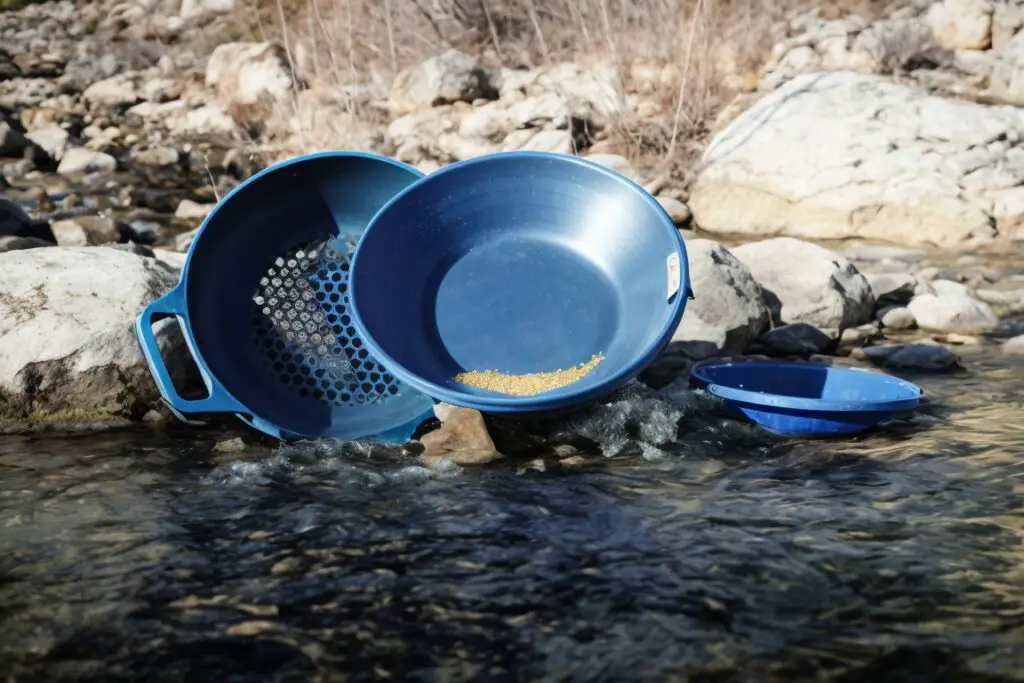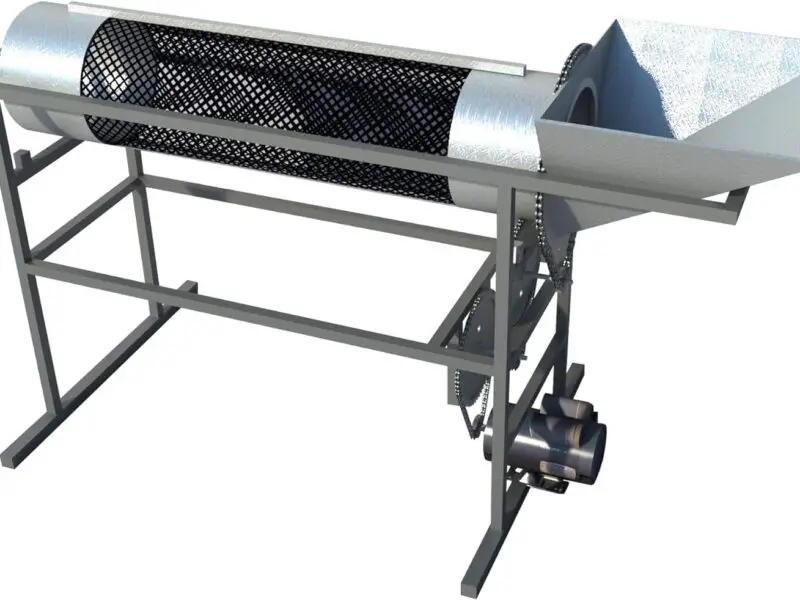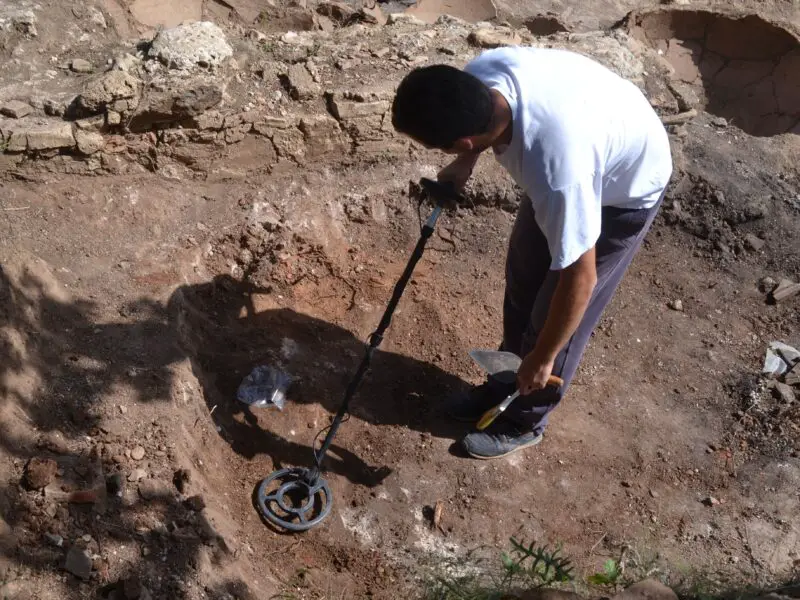In the article “How to Find Gold in Creeks: Expert Tips for Successful Prospecting,” an experienced gold prospector shares essential techniques and insights for finding gold in creeks. Highlighting the importance of understanding water flow and recognizing key geological features like clay and gravel, the article offers practical advice for both novice and seasoned prospectors. It emphasizes persistence, continuous learning, and exploration as crucial elements for successful gold panning.
Tips for Successful Prospecting
Prospecting for gold can be an exciting and rewarding hobby. Whether you’re a beginner or an experienced prospector, there are a few tips and techniques that can help improve your chances of finding gold in creeks. In this article, we’ll explore some key principles and strategies that will set you up for success in your prospecting endeavors.
Understand the Flow of Water
One of the most important things to understand when prospecting for gold is the flow of water. The movement of water in a creek or river can play a significant role in depositing gold in certain areas. By observing the direction and power of the current, you can identify potential gold traps where gold may have settled.
It’s worth noting that the presence of water alone is not enough to guarantee the presence of gold. You must pay attention to the nuances of the water flow and how it interacts with the surrounding landscape. By studying the flow of water, you can gain insights into where gold may have settled and concentrate your efforts in those areas.
Look for Clay and Gravel
When prospecting for gold in creeks, it’s important to keep an eye out for certain types of materials. Two key materials to look for are clay and gravel. These materials can serve as indicators of potential gold deposits.
Clay is often found in areas where gold has settled, as it helps to trap and hold the gold particles. The presence of clay can be a good sign that there may be gold nearby. Similarly, gravel can also indicate the presence of gold. Gold is heavier than most other materials found in a creek, so it tends to settle in gravel beds.
By identifying areas with clay and gravel, you can narrow down your search and focus your efforts in areas that are more likely to contain gold. These materials can serve as valuable clues that can lead you to a successful gold prospecting experience.
Be Persistent
Prospecting for gold is not a quick and easy process. It requires patience, perseverance, and a willingness to put in the time and effort. Many experienced prospectors will tell you that success doesn’t come overnight, and it often requires multiple trips to different areas before finding a significant amount of gold.
It’s important to stay committed to the process and not get discouraged if you don’t find gold right away. Keep exploring new areas, trying different techniques, and learning from each experience. Persistence is key in the world of gold prospecting, and it’s what separates successful prospectors from those who give up too soon.
Keep Learning and Exploring
Gold prospecting is a lifelong learning process. Even the most experienced prospectors are continually learning and discovering new techniques and strategies. It’s important to keep an open mind and be willing to adapt and evolve your approach as you gain more experience.
Take advantage of the resources available to you, such as books, online forums, and local prospecting clubs. These sources of information can provide valuable insights and knowledge that will help you become a more skilled and successful prospector.
In addition, don’t be afraid to explore new areas and try different prospecting techniques. Not every creek or river will have the same geology or gold deposits, so it’s important to be open to new experiences and keep expanding your horizons.
By staying curious and continuously learning and exploring, you’ll not only improve your chances of finding gold but also enhance your overall enjoyment of the prospecting process.

FAQ: How to Find Gold in Creeks
Q: What are the key indicators of gold presence in a creek? A: Look for areas where heavier materials like black sand, gravel, and clay have accumulated. These are often found in bends in the creek, behind large rocks, or in places where the water flow slows down.
Q: Can I find gold in any creek? A: While gold can be found in many creeks, especially in historically gold-rich areas, not all creeks will yield gold. Researching the history of the area and known gold finds can increase your chances.
Q: How deep should I dig in a creek for gold? A: Gold is usually found in the first few inches of creek beds where it settles due to its weight. However, in some creeks, you might need to dig deeper into the layers of gravel and sediment.
Q: Is there a particular technique for panning gold in creeks? A: Yes, proper gold panning involves filling the pan with gravel from the creek, submerging it in water, and gently shaking it to allow the gold to settle at the bottom of the pan. Then, carefully wash away the lighter material.
Q: How important is the understanding of water flow in gold panning? A: Very important. Gold settles in areas where the water slows down, so understanding the flow can help you identify promising spots for panning.
Q: Do I need special equipment for finding gold in creeks? A: Basic equipment includes a gold pan, shovel, and a classifier or sieve. Some prospectors also use metal detectors or sluice boxes for more efficient prospecting.
Q: Are there environmental concerns I should be aware of while gold panning in creeks? A: Yes, it’s important to respect the environment. Avoid disturbing the creek bed more than necessary, and do not use chemicals. Always follow local regulations and practice leave-no-trace principles.
Introduction to Gold Prospecting
Gold prospecting is a popular hobby for many outdoor enthusiasts. The thrill of discovering hidden treasures and the possibility of striking it rich is undeniably enticing. In this section, we’ll provide an overview of gold prospecting and explain the importance of finding gold in creeks.
Equipment Needed for Gold Panning
Pans and Classifiers
The basic equipment needed for gold panning in Oregon includes a gold pan and a classifier. A gold pan, typically made of metal or plastic, is used to separate the gold from the surrounding material. A classifier, which is a fine-mesh screen, helps to separate larger rocks and debris from the finer sediments.
Sluice Boxes
A sluice box is another essential piece of equipment for gold panning. This long, narrow box with riffles is used to trap gold as the water and sediment flow through it. Sluice boxes are effective for processing larger quantities of material and are particularly useful in areas with a higher concentration of gold.
Dredges and Highbankers
For those looking to take their gold panning to the next level, the use of dredges and highbankers can greatly increase the chances of finding gold. Dredges are floating platforms that use suction to extract gold from riverbeds, while highbankers are stationary machines that separate gold from gravel and sand. These larger-scale equipment options require more investment and are not typically necessary for casual gold panning.

Overview of Gold Prospecting
Gold prospecting is the act of searching for gold deposits in various natural settings, such as rivers, creeks, and mountains. People have been prospecting for gold for centuries, as gold has long been considered a valuable and precious metal. In addition to its monetary value, gold also holds a certain allure and fascination for many individuals.
Prospecting for gold involves a combination of skill, knowledge, and a bit of luck. It requires an understanding of geology, knowledge of where gold is likely to be found, and the ability to effectively extract the gold from its surrounding materials. Whether you’re using basic equipment like a gold pan and shovel or more advanced tools, such as metal detectors or sluice boxes, the goal of gold prospecting remains the same: to find and recover gold from natural sources.
While gold prospecting can be a recreational hobby, it’s important to note that it is subject to regulations and permits in many areas. Before embarking on your prospecting journey, it’s essential to familiarize yourself with the local laws and regulations governing prospecting activities.
Importance of Finding Gold in Creeks
When it comes to gold prospecting, creeks and rivers are often the preferred locations. There are several reasons why finding gold in creeks is crucial for prospectors. First and foremost, creeks and rivers have been natural pathways for gold to travel over millions of years. The natural flow of water can transport gold particles from their original sources, such as hard rock veins in the mountains, and deposit them in certain areas along the creek bed.
Gold is heavier than most other materials found in a creek, so it tends to settle in specific locations, such as gravel beds or areas with clay. By understanding the characteristics and behavior of creeks, prospectors can increase their chances of finding gold.
Creeks also provide easier access for prospectors compared to remote and rugged mountainous regions. They are often more accessible and allow prospectors to work in a more comfortable and manageable environment.
In conclusion, Gold panning in creeks is both rewarding and challenging. Understanding water flow, clay and gravel, and having the right tools are important. Success comes from persistence, learning, and a passion for exploration. Each creek has its own treasures. Whether you’re a beginner or experienced, gold prospecting is an exciting journey that connects us with nature. Keep exploring, learning, and let the rivers guide you to your next find.




